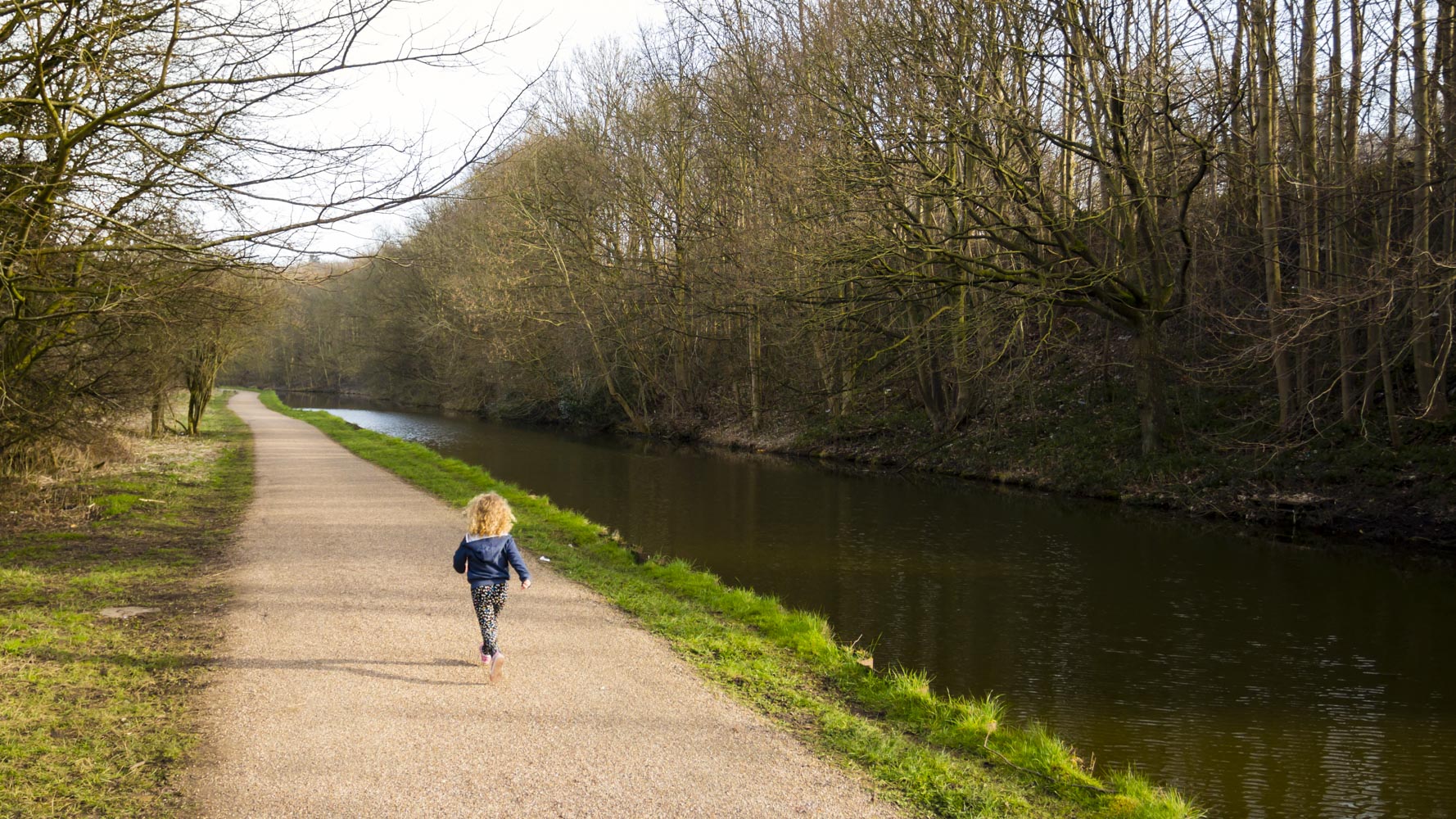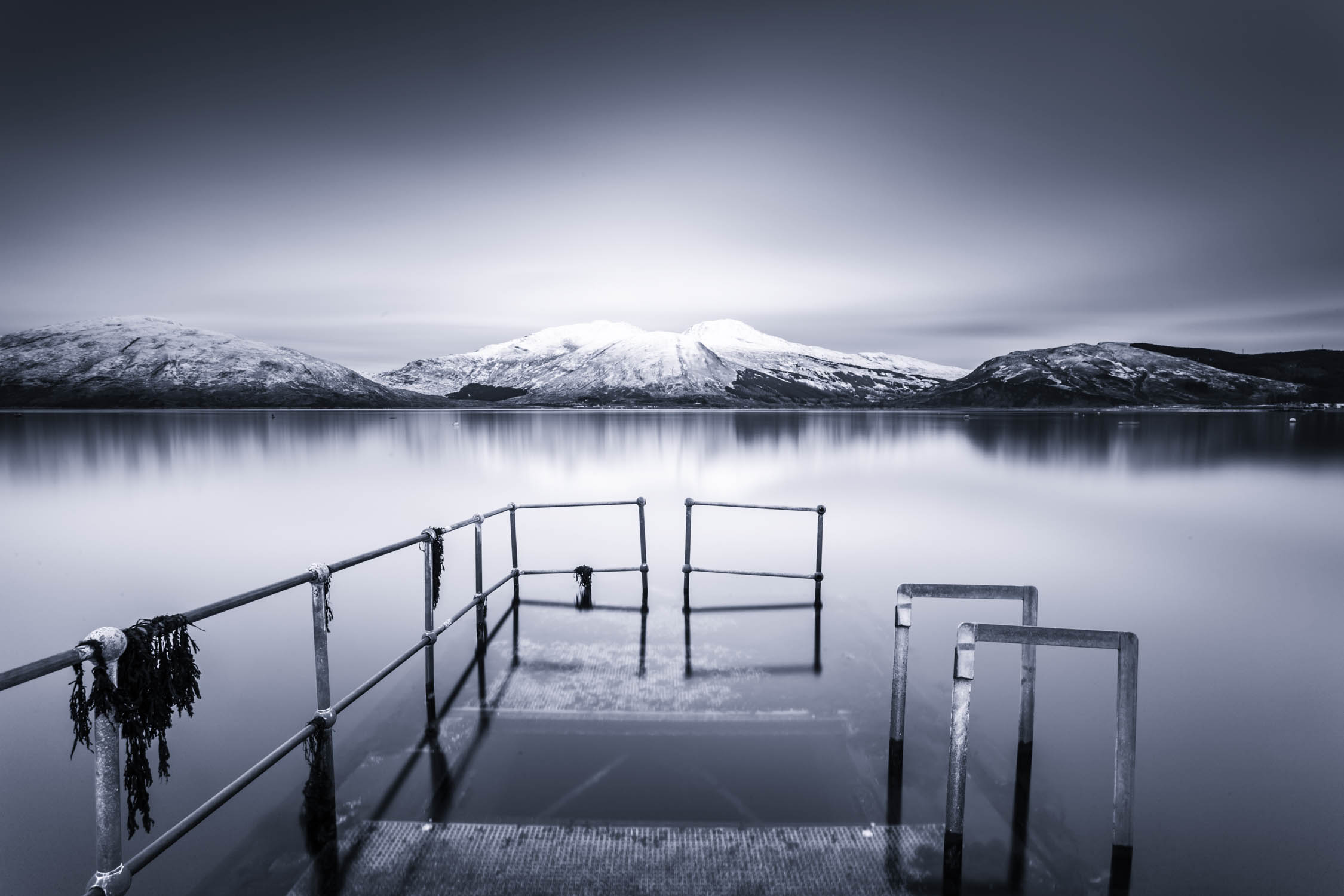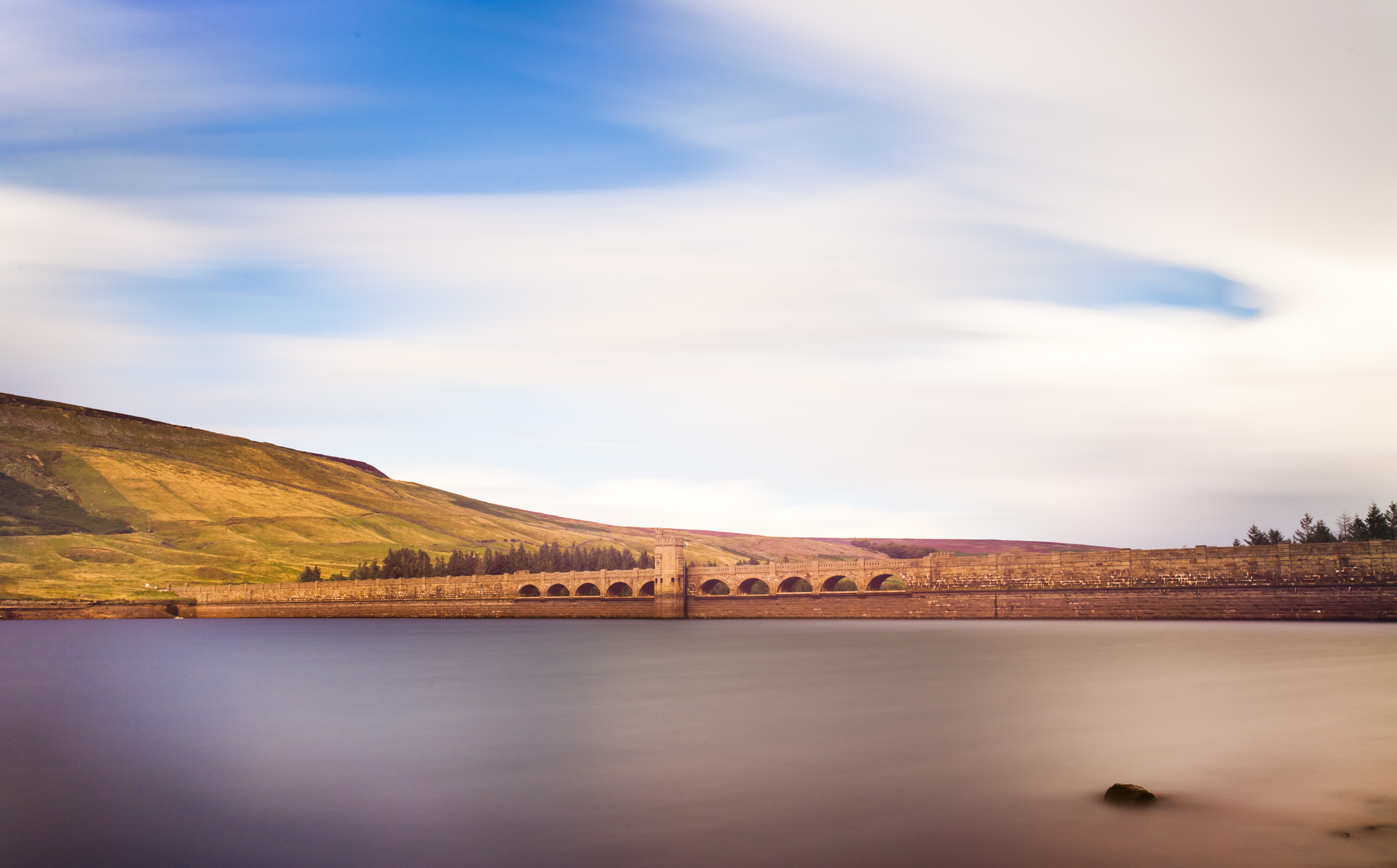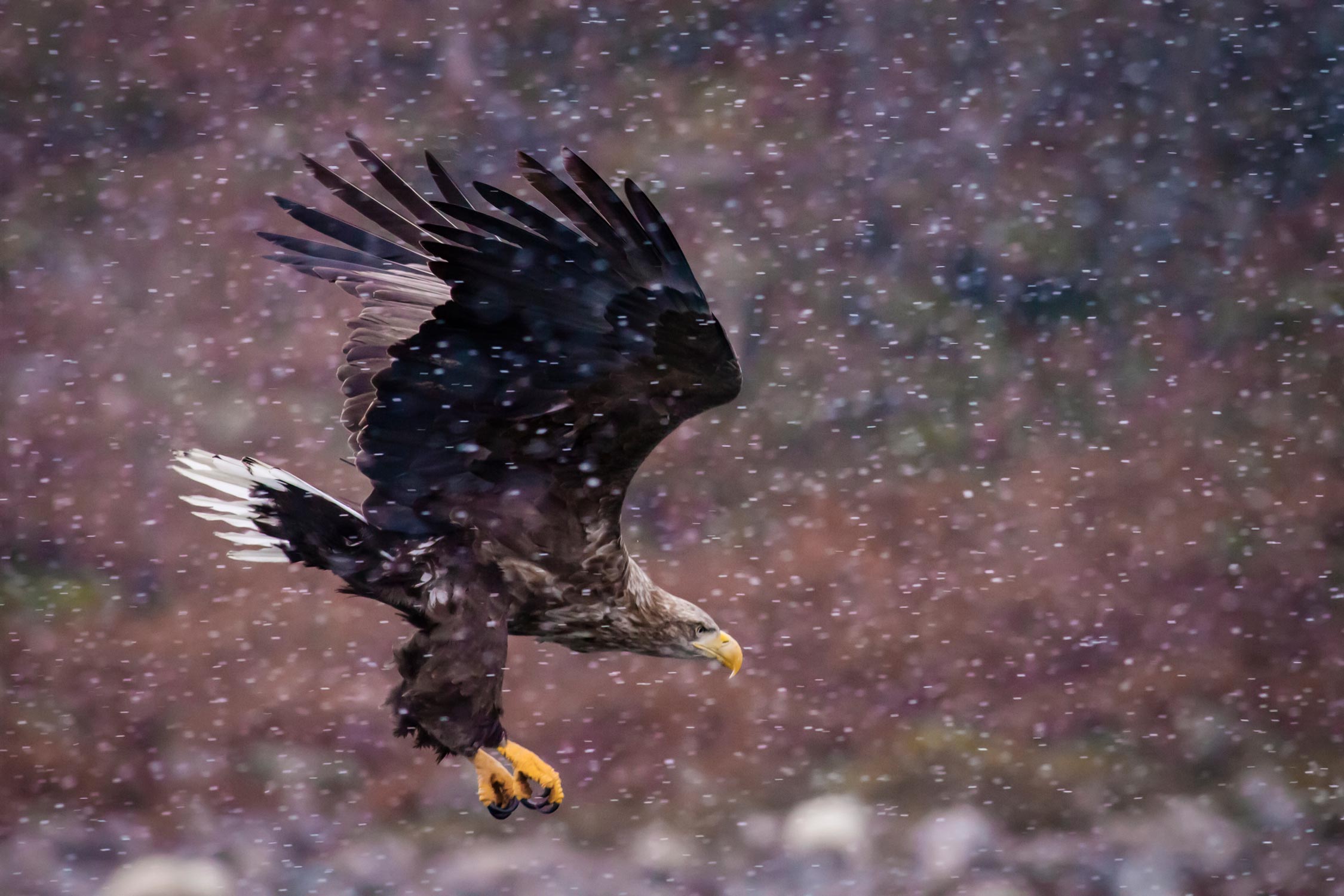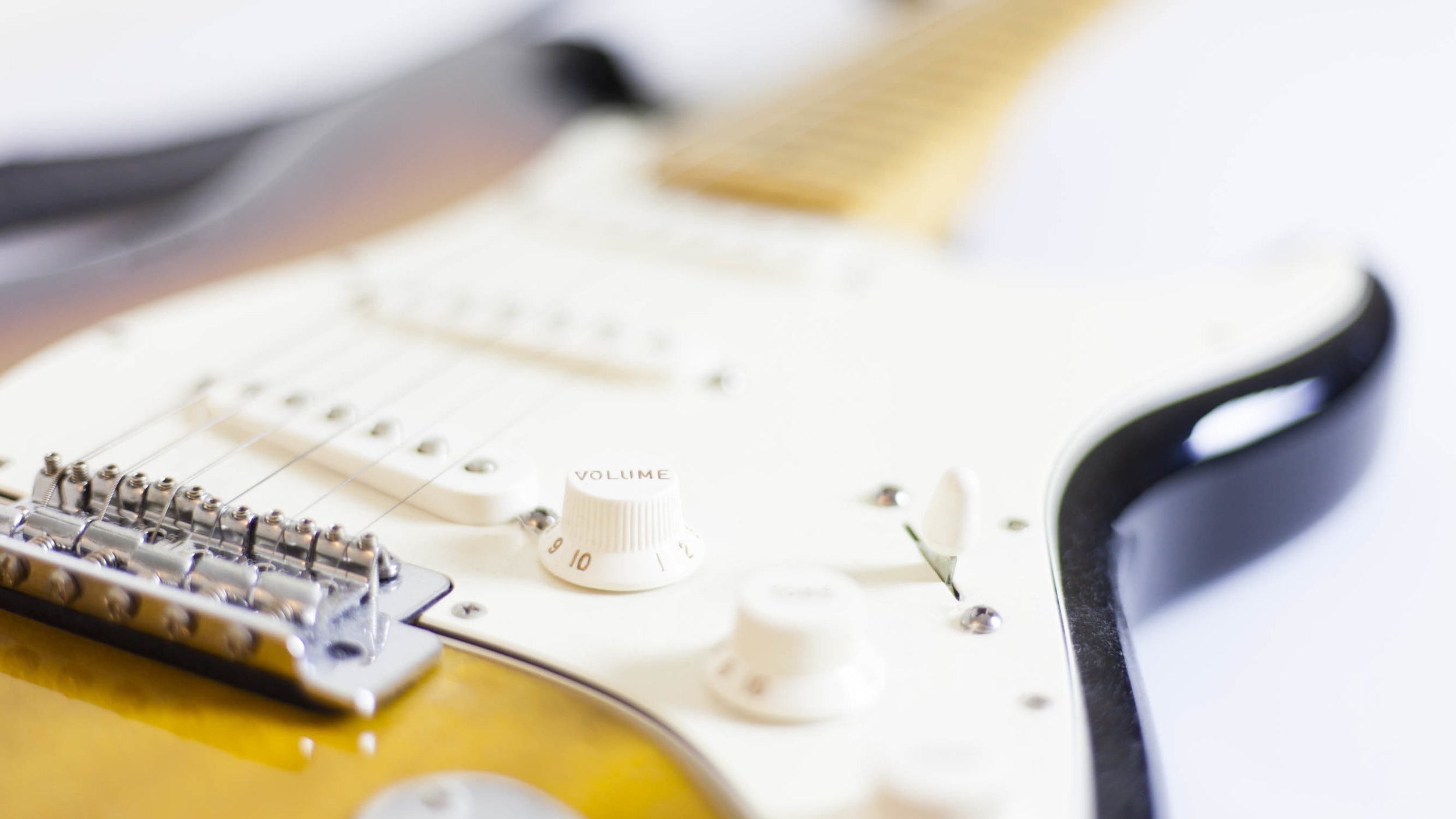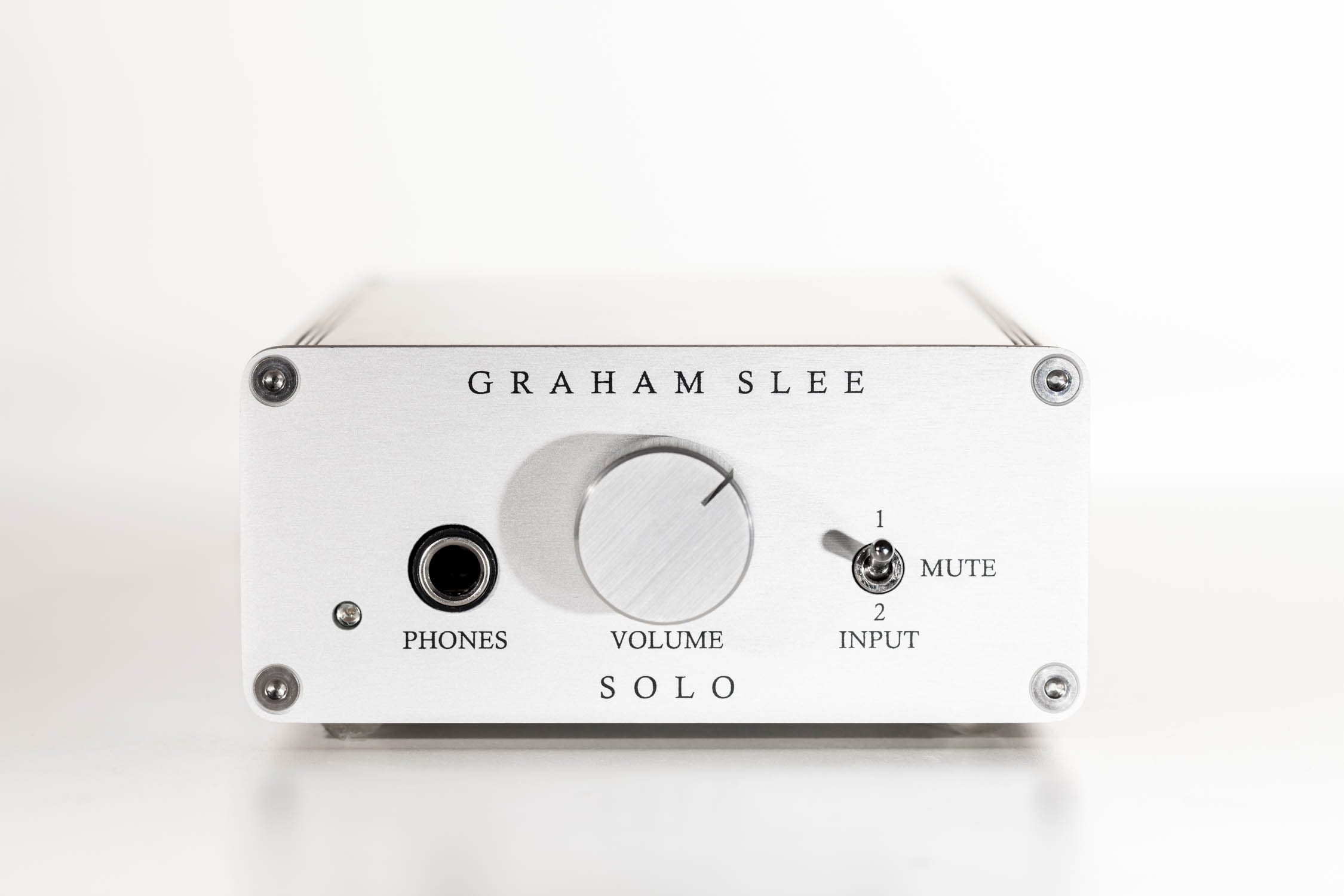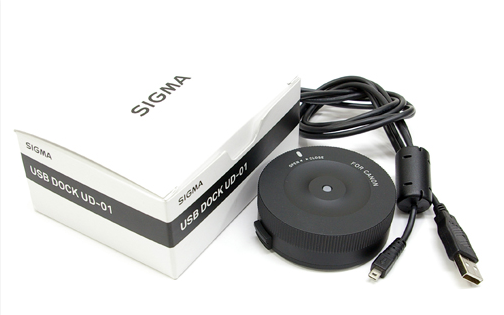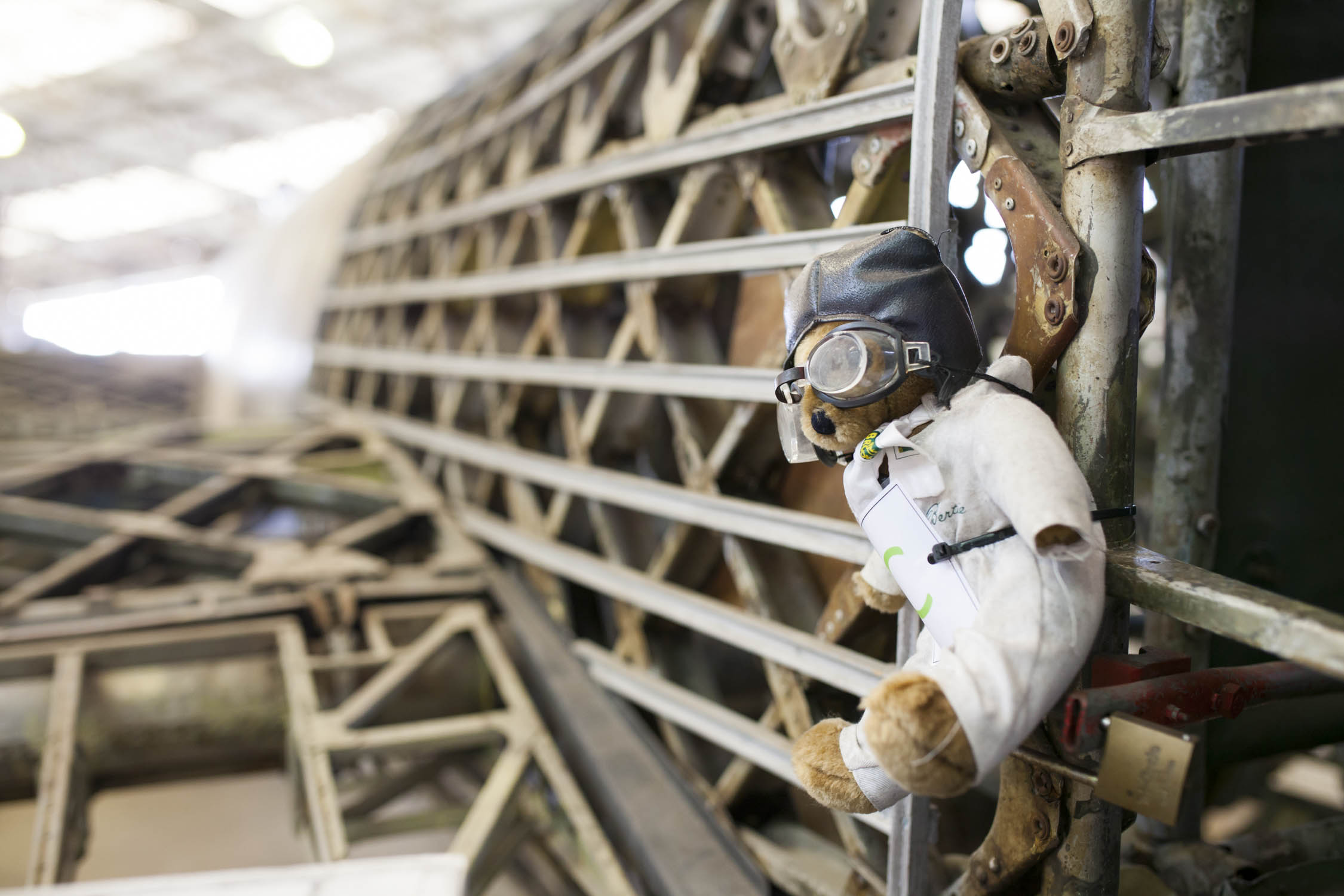Why you should still consider the Canon 17-40mm f4L.
The Canon 17-40mm f/4L has been around for a while now but it is still worth considering for many photographers. There are better lenses out there but this is no slouch and given the incredible value now offered by this lens it is well worth another look.
Who is the Canon 17-40mm f/4L for? Arguably everyone shooting with a DSLR today has use for a focal range like this.
We talk about sensor crop factor so often in modern day photography. The majority of the time it makes very little difference. If people spent more time focusing on the progression of their skills and less time worrying about their gear we would all be better off. At the wide end of the scale though, crop factor is an issue and this is particularly true with the Canon 17-40mm f/4L. However this turns out to be one of it’s biggest strengths.
Attached to a cropped sensor camera the lens has a 35mm equivalent range of 27-64mm. This is a perfect range for so many types of photography and will act as a very good general purpose lens. It is also very similar to the classic 24-70mm on a full frame camera. On the wide end it is probably not wide enough for all your landscape needs so coupling it with a 10-22 would be a very good option.
Image quality is a significant step up from the kit lens with good sharpness across the frame. The low light performance is limited due the the constant f/4 aperture but a boost in ISO will still make it useable and it is still better than the f/5.6 kit lens.
Most DSLR photographers are looking to upgrade to a full frame camera at some point in their photography journey. If you owned this lens at the point of upgrade it would then turn into very good landscape lens. The lens works on both cropped and full framed cameras. I have now used this lens as my main landscape lens for many years and it is very well suited to that purpose.
The focal range is perfect for so many landscape situations and the quality is a very reasonable and rarely have I wished I had more. In landscape photography the quality of your image will depend on your location, your composition and your light, much more than the having the best lens attached to your camera.
Despite this, the image quality does fade to the edge of the frame when shooting at 20mm and below. It softens slightly and there is some relatively severe distortion, although this is common for a wide zoom like this. You will probably want to keep people out of the edges at 17mm or they will end up looking very warped. With landscapes this is not too much of a problem but is worth being aware of when composing your shot.
The lens is well made and has a quiet USM motor. The lens is weather sealed although only once a filter is attached to the front threads. The front element moves inside the barrel when you zoom so allows water to creep in if no filter is attached. The filter threads are attached to the outside of the barrel though and do not move or rotate making it ideal for attaching a circular Polariser. The filter thread is 77mm matching many other lenses meaning you may not have to reinvest in filters. This is especially true if upgrading from the 10-22 lens. The lens is also relatively light at 500g meaning carrying it out to hard to reach landscapes is not an arduous task.
The lens has 12 elements in 9 groups, it has 7 aperture blades, a minimum aperture of f/22 and focuses nice and close at 28cm. This means you can get nice and close to your subject and get some really interesting wide angle shots.
There is a small amount of Chromatic Aberration but this very effectively removed in Lightroom particular in landscapes where the majority of your image will be in sharp focus.
In the process of buying and researching this lens it is likely going to be compared to both the Canon 16-35mm mkii f/2.8 and the Canon 16-35mm f/4 IS. Both these lenses offer better image quality and versatility than the 17-40mm. They are, however, both more than double the cost of the Canon 17-40mm f/4L leading to a questionable return on that extra investment. It would really come down to a decision about what you want to use the lens for. For example, if you plan to shoot a lot of video then the 16-35mm f/4 is going to be worth it, thanks to the stabilisation. If low light ability is key then the 16-35mm f/2.8 may be the one to go for. If it is purely for landscapes then the Canon 17-40mm f/4L wins hands down. The quality difference does not justify a doubling of the price. Once a landscape image is printed you would really struggle to tell the difference between these three lenses.
[tie_slideshow]
[tie_slide] [/tie_slide]
[tie_slide] [/tie_slide]
[tie_slide] [/tie_slide]
[/tie_slideshow]
As mentioned earlier the cost of this lens is now it's big selling point. It is now more affordable than ever. Under $500 in the US and around £350, when bought second hand, this is the cheapest Canon L lens currently available. That represents incredible value for money considering everything the lens offers, especially when it comes to landscapes. The lens has been capturing beautiful photographs for many years and will continue to do so despite newer and more expensive models being available.
I can recommend the Canon 17-40mm f/4L to anyone, but particularly those looking for a big bang for their buck and a lens that will transition well from a cropped sensor camera to a full frame one.
Buy in the UK - Canon EF 17-40 mm
Buy in the US - Canon EF 17-40mm
Please SUBSCRIBE to the Youtube channel with new videos every Sunday and Wednesday.

